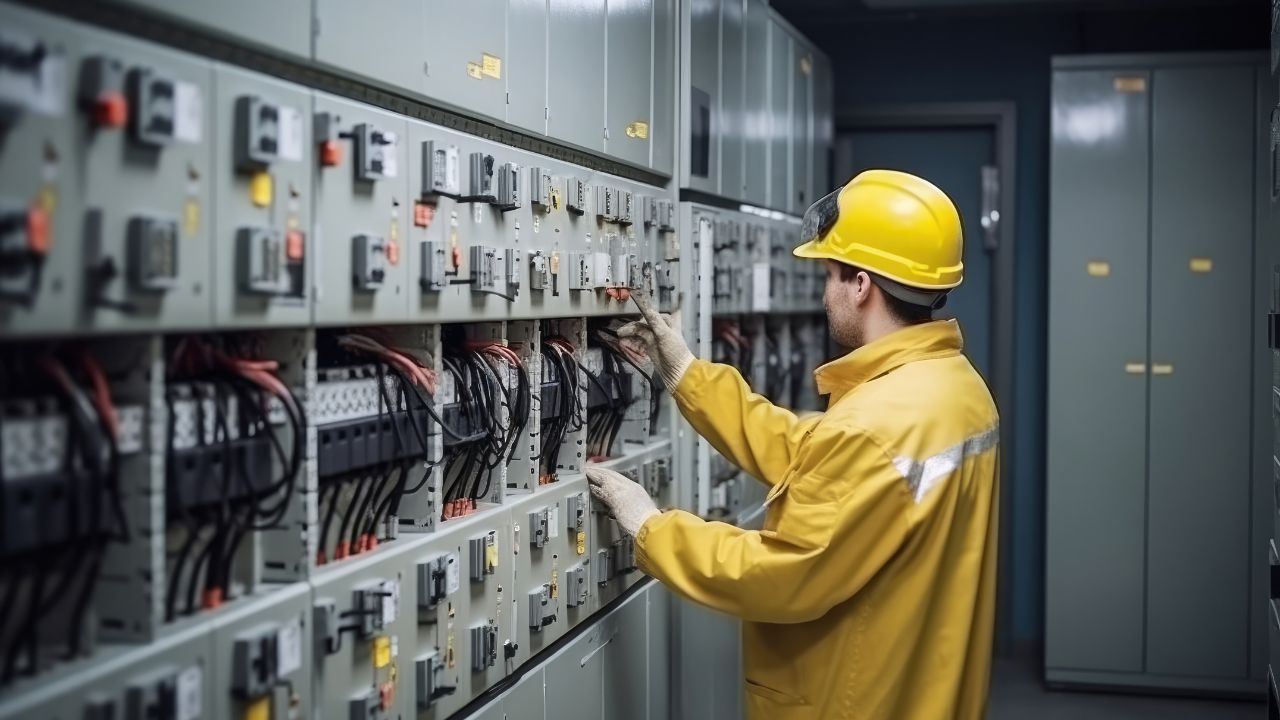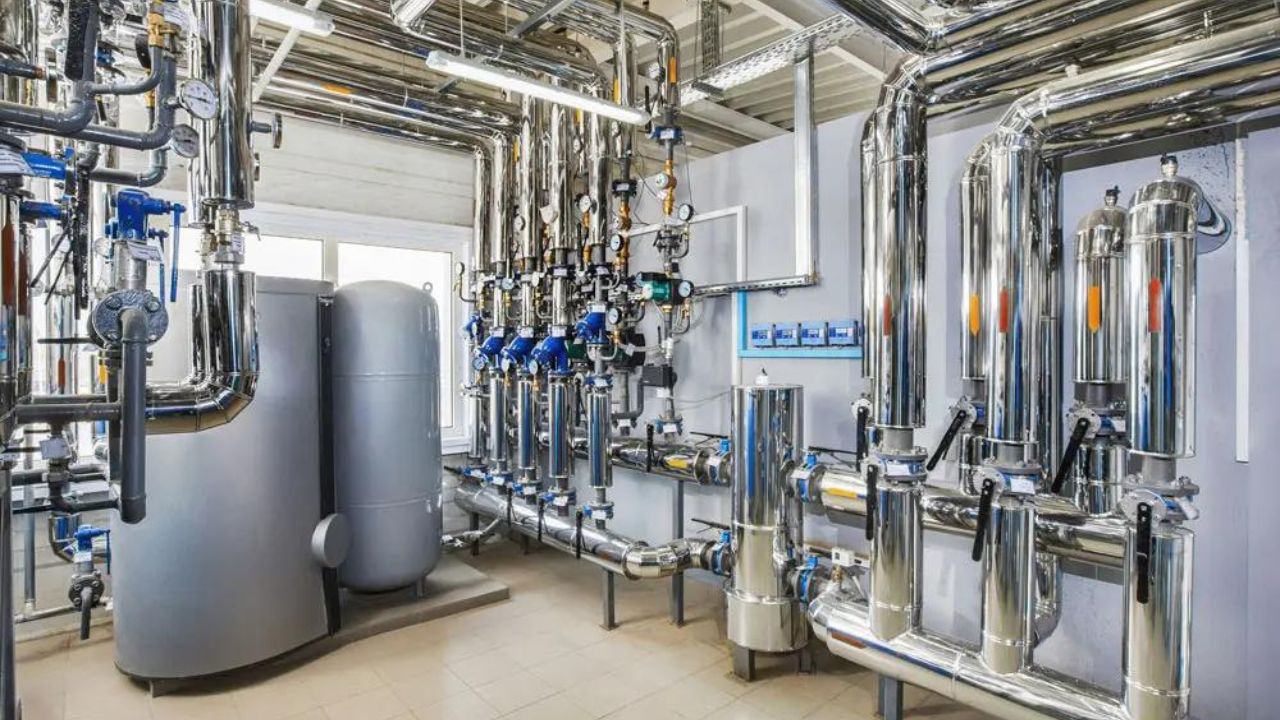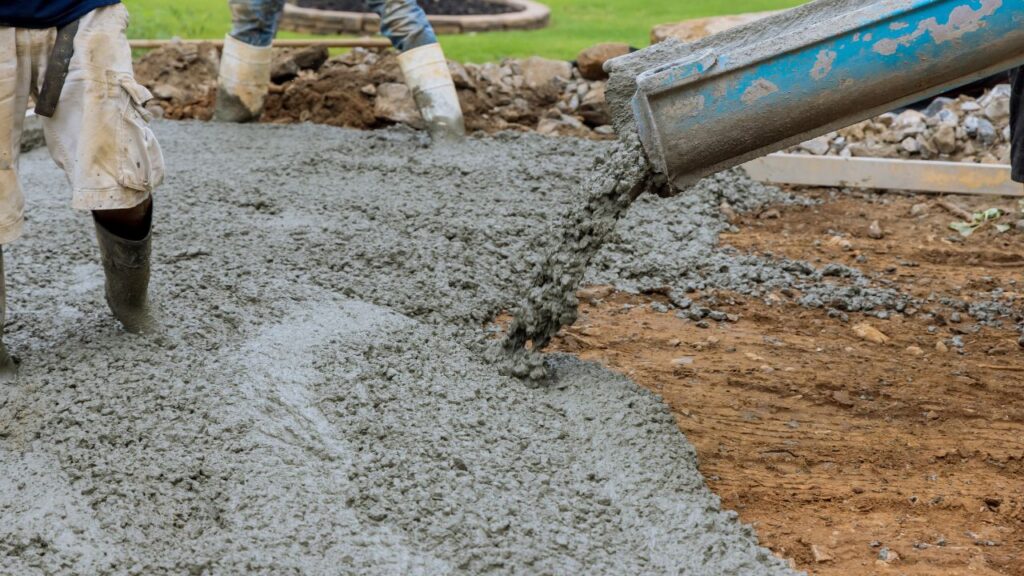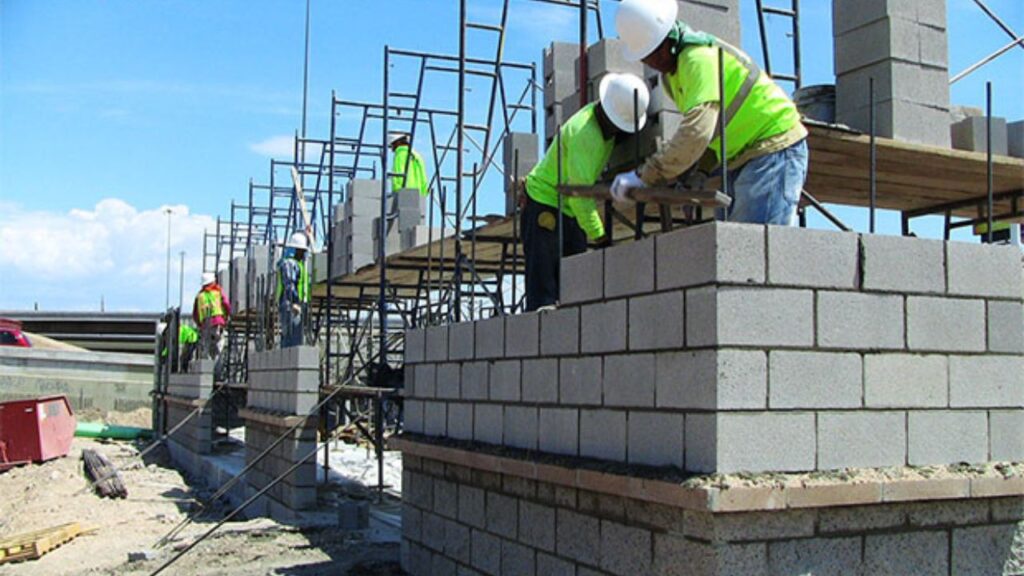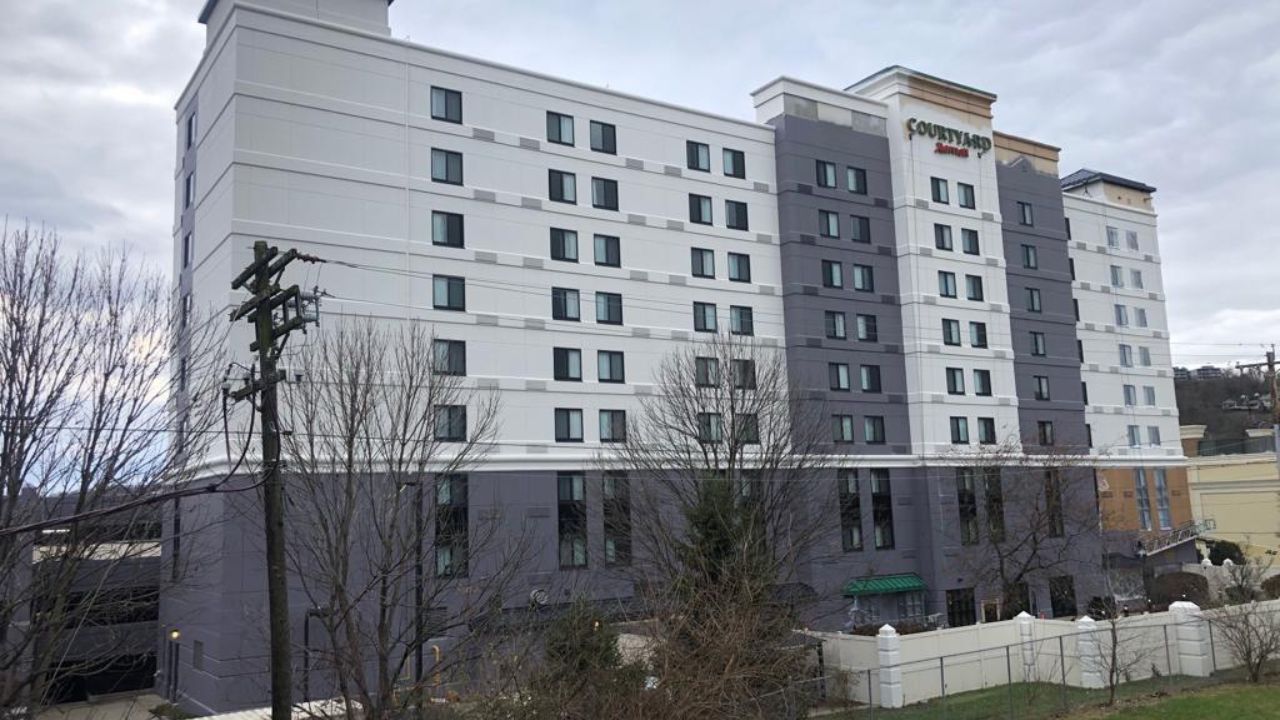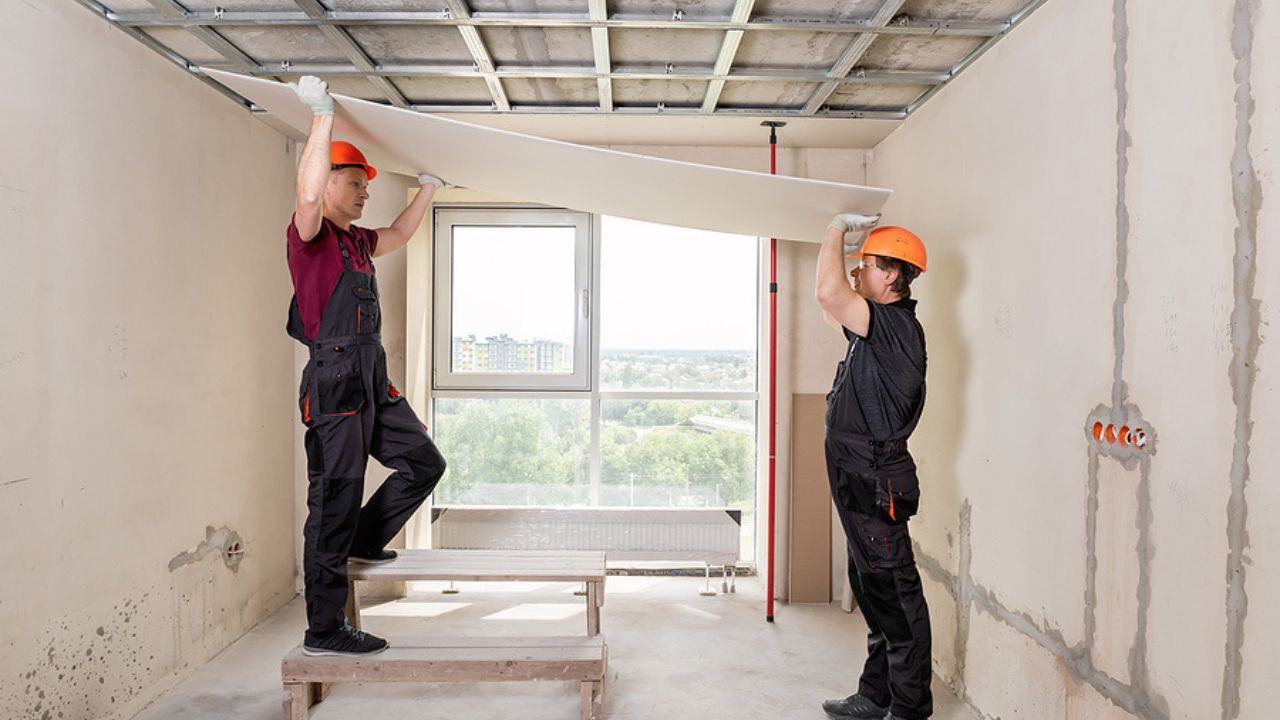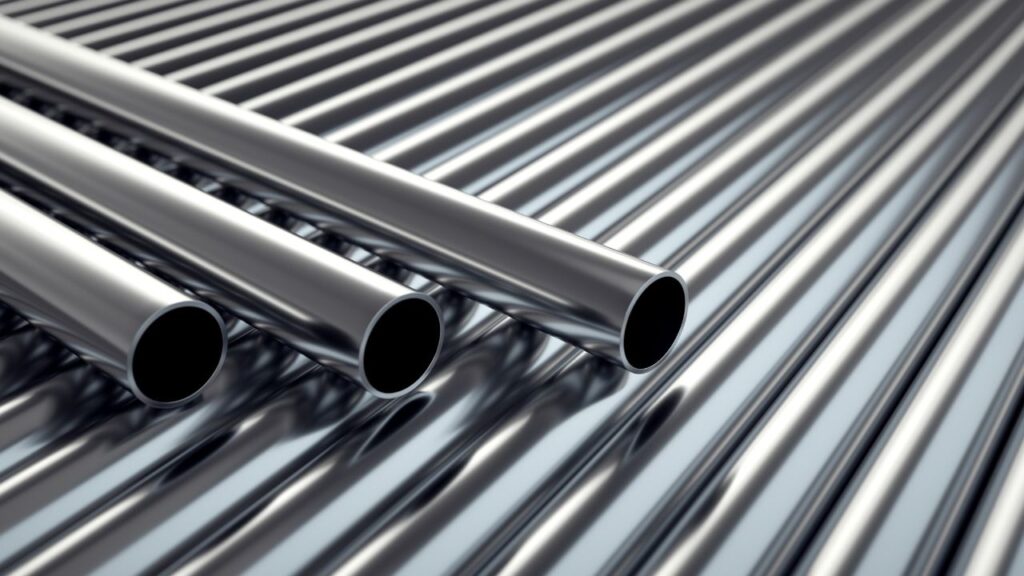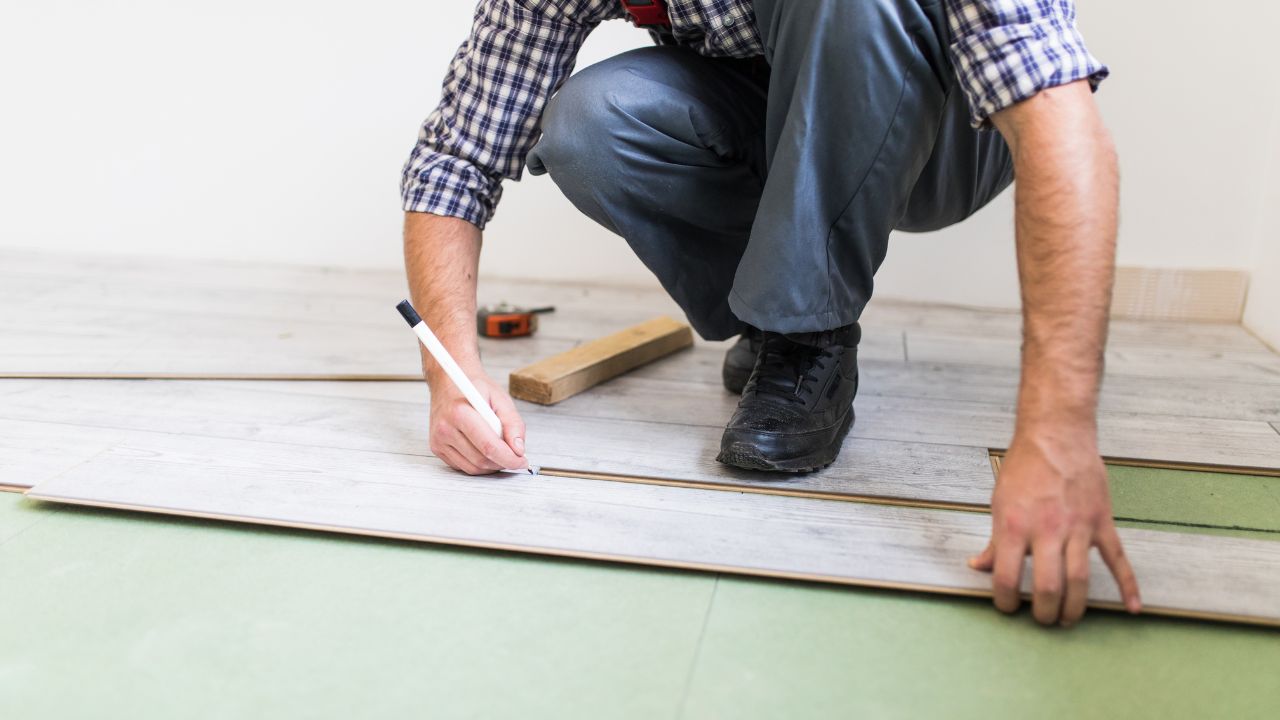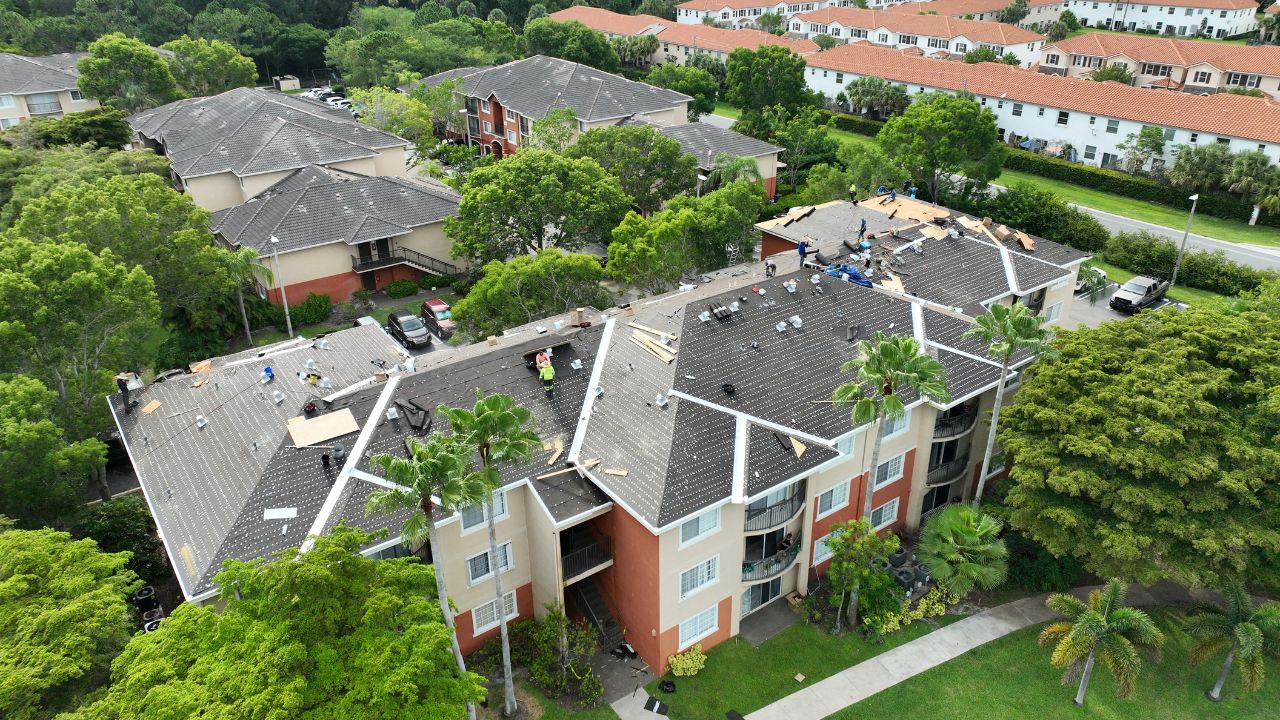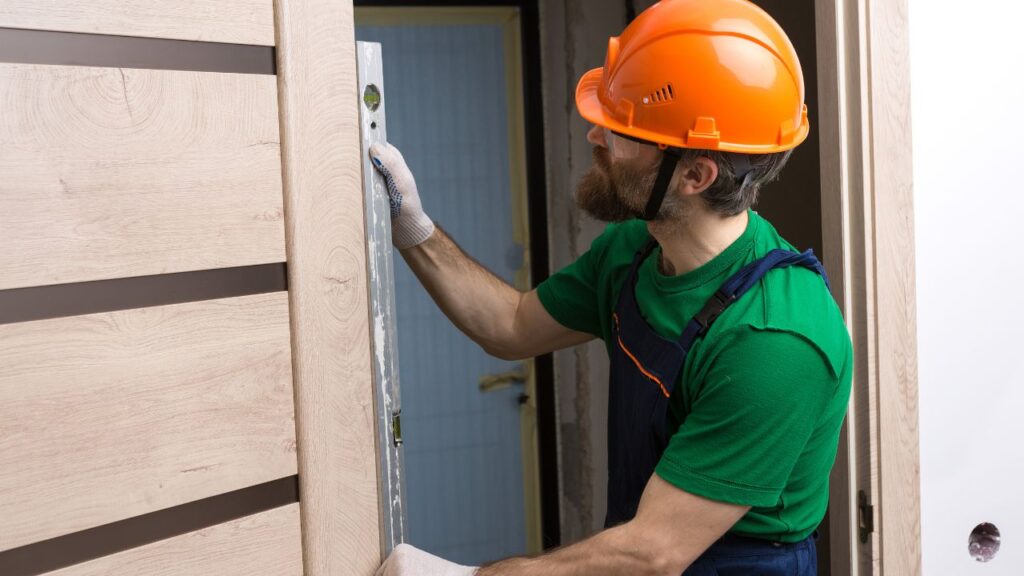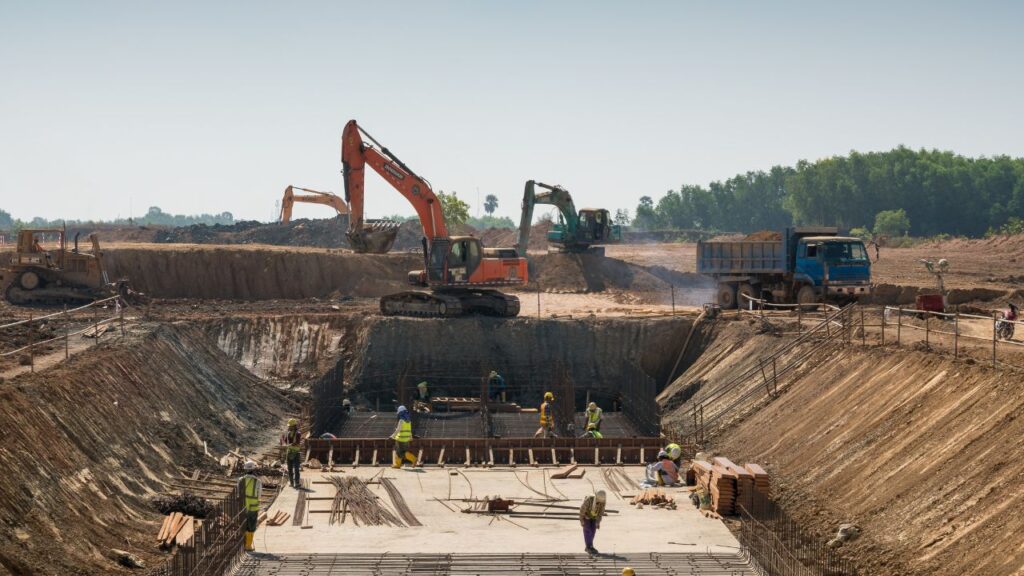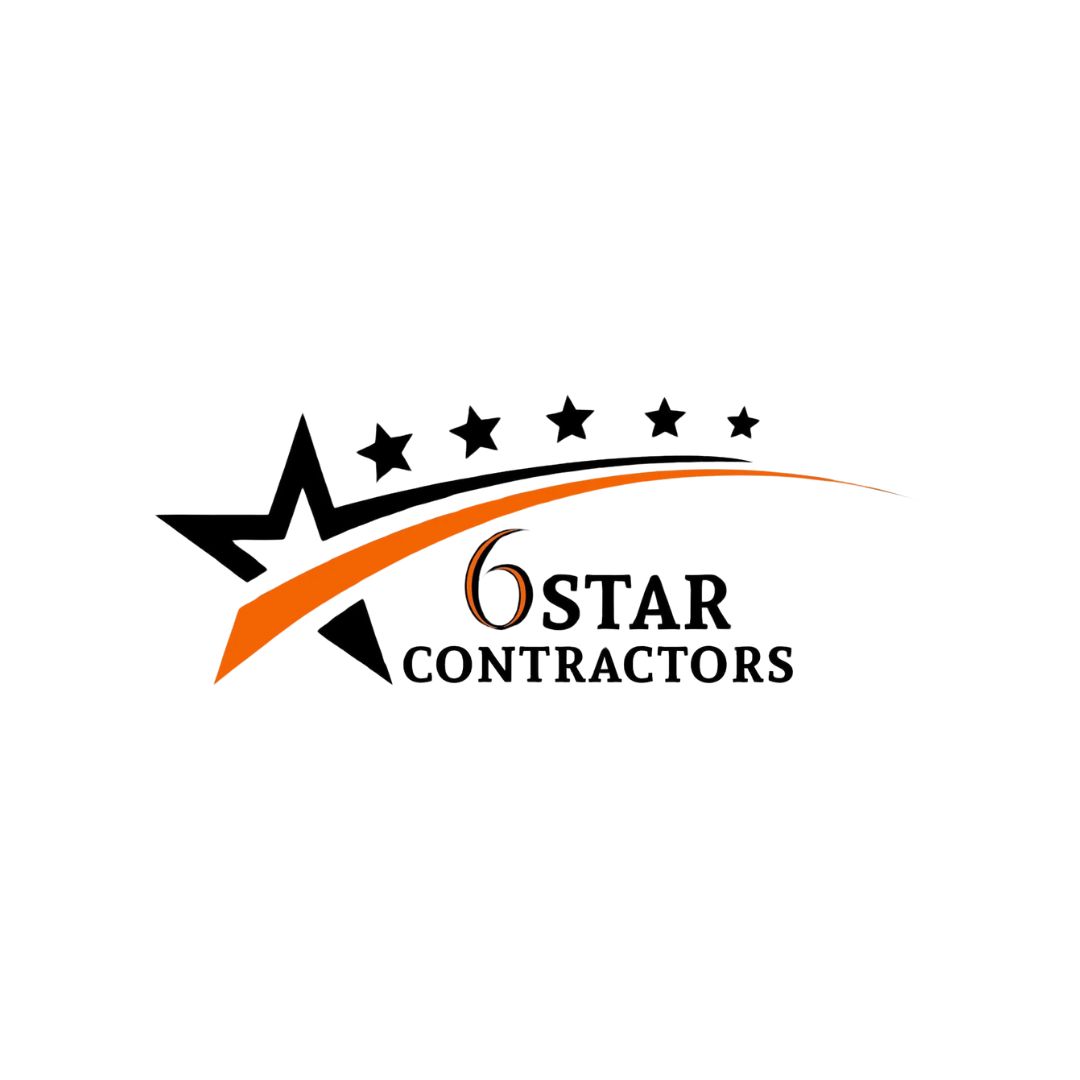Plumbing takeoff is the process of quantifying the materials, fixtures, and labor required to install a complete plumbing system in a residential building. This task is vital for creating accurate cost estimates, ensuring that the project stays on budget and avoiding delays caused by material shortages. At Estimate Florida Consulting, we specialize in providing detailed plumbing takeoff services tailored to your project needs, helping you achieve efficient project planning.
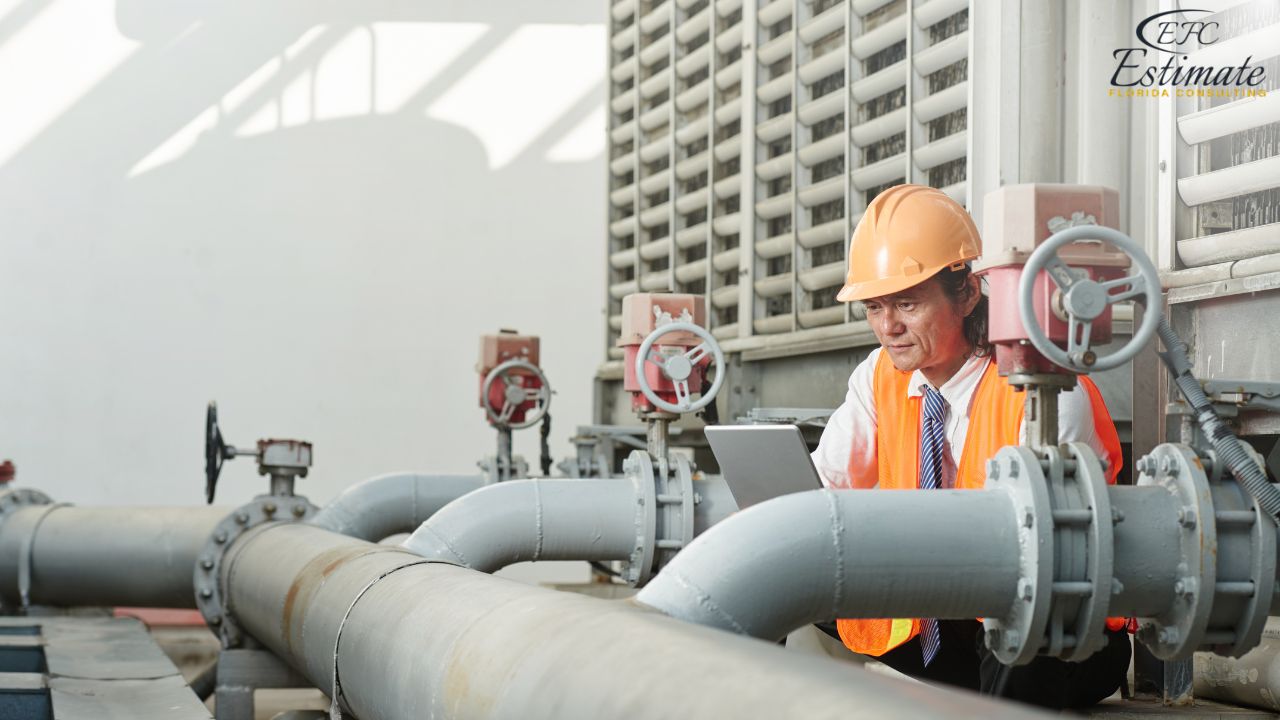
Plumbing Takeoff Cost per Square Foot
The cost of a plumbing takeoff varies based on the type of project, materials used, and labor rates. In Florida, plumbing installation costs typically range from $8 to $16 per square foot for residential projects and $10 to $20 per square foot for commercial projects.
Plumbing Installation Costs per Square Foot
Building Type | Low Estimate | High Estimate |
Residential Buildings | $8 | $16 |
Commercial Buildings | $10 | $20 |
High-Rise Construction | $12 | $25 |
Plumbing Takeoff by Building Size
The size of the building significantly impacts plumbing costs. Larger buildings require more extensive systems, leading to higher material and labor costs.
Plumbing Costs by Building Size
Building Size | Estimated Cost |
1,500 sq. ft. | $12,000 – $24,000 |
2,500 sq. ft. | $20,000 – $40,000 |
3,500 sq. ft. | $30,000 – $60,000 |
Cost Breakdown for Plumbing Takeoff
Plumbing takeoff involves calculating the total costs of pipes, fittings, fixtures, labor, and equipment required for a project. A detailed breakdown ensures accurate budgeting and avoids unexpected expenses. Below is an overview of key components and their associated costs.
Pipes and Fittings
Pipes and fittings form the backbone of any plumbing system, serving as the network for water distribution and drainage. Costs depend on the material used, with popular choices including PVC, copper, and PEX. PVC is cost-effective and suitable for drainage, while copper offers durability and longevity but at a higher cost. PEX, a modern alternative, provides flexibility and affordability, making it a preferred choice in many residential projects.
Pipe Material Costs
Material | Cost per Linear Foot |
PVC | $0.50 – $2.00 |
Copper | $2.00 – $4.50 |
PEX | $1.00 – $3.00 |
Fixtures and Appliances
Fixtures such as sinks, toilets, and water heaters are critical components of a plumbing system, impacting both functionality and aesthetics. The cost of fixtures varies based on the brand, quality, and features, with premium products offering advanced technology and enhanced durability.
Get Acquainted with Estimation
Mastering Bids: 12 Pro-Level Bidding Tips for Construction Managers
Maximize Profits: Budgeting Hacks for Big Construction Projects
Fixture Costs
Fixture Type | Low Estimate | High Estimate |
Sink | $150 | $600 |
Toilet | $200 | $800 |
Water Heater | $600 | $2,500 |
Labor Costs
Labor is one of the most significant expenses in plumbing projects. Plumbers charge hourly rates, which typically range from $50 to $150 depending on expertise, project location, and the complexity of the work. Complex installations, such as multi-story buildings or custom plumbing systems, often require specialized skills, driving up labor costs.
Plumbing Takeoff by Story Height
The complexity and cost of plumbing installations vary significantly depending on the height and type of building. As the number of stories increases, so do the requirements for water pressure regulation, pipe routing, and advanced systems to ensure efficient operation. Here’s a detailed breakdown of plumbing takeoff costs by story height:
Tools and Equipment
Plumbing projects require a variety of tools and equipment, including pipe cutters, threaders, wrenches, and leak detection devices. These tools are typically a one-time investment but can vary significantly in cost based on the project’s scope. Larger projects may also require specialized equipment like pipe inspection cameras or trenchless technology tools.
Equipment costs can range from $500 for basic tools to $5,000 or more for advanced setups, making it essential to account for this expense in the overall budget.
Plumbing Takeoff by Story Height
The complexity and cost of plumbing installations vary significantly depending on the height and type of building. As the number of stories increases, so do the requirements for water pressure regulation, pipe routing, and advanced systems to ensure efficient operation. Here’s a detailed breakdown of plumbing takeoff costs by story height:
Single-Story Buildings
Single-story buildings are the least complex in terms of plumbing systems. With shorter pipe runs and no need for vertical distribution, the installation is straightforward and requires fewer materials and labor. Costs typically range from $5,000 to $15,000 for basic systems, depending on the size of the building and the number of fixtures. These projects usually include simple water supply lines, drainage systems, and connections to appliances like sinks, toilets, and water heaters. Custom features or upgrades, such as outdoor plumbing or premium fixtures, can increase the cost.
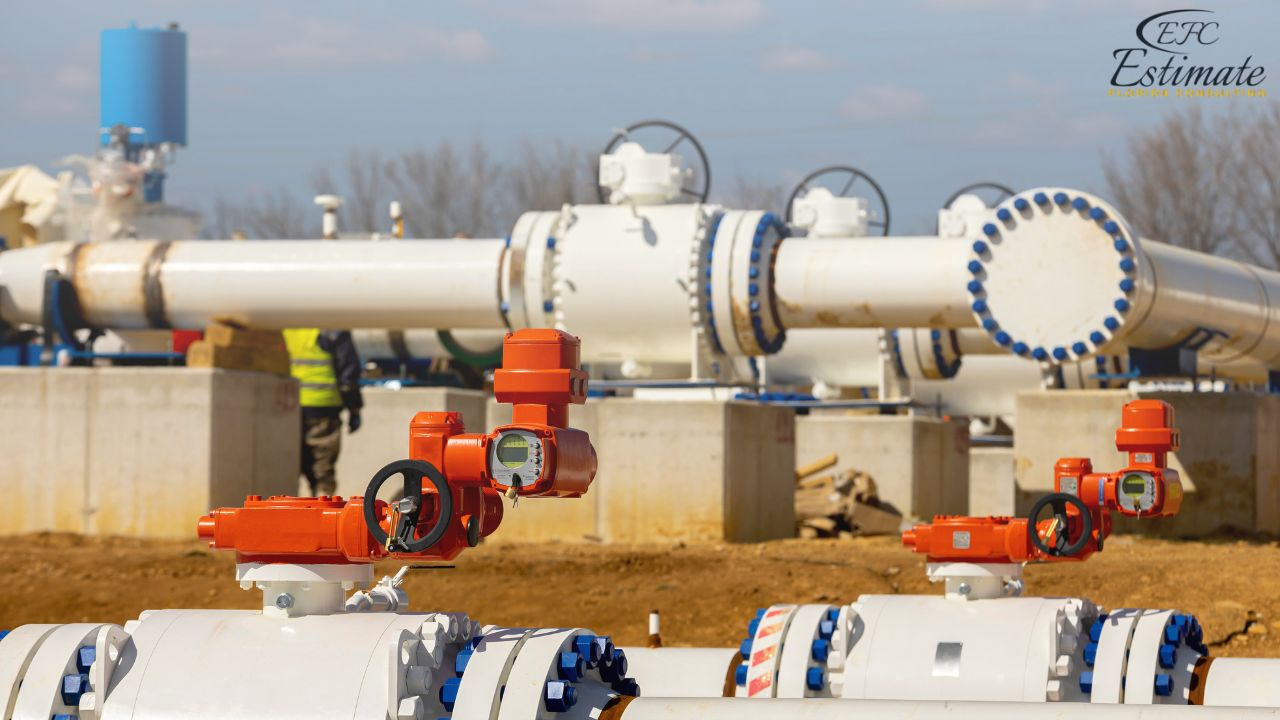
Multi-Story Residential Buildings
For multi-story residential buildings, plumbing systems must be designed to handle the increased demand and complexity of distributing water vertically. Costs range from $20,000 to $50,000, depending on the number of units, stories, and fixtures per floor. Additional considerations include:
- Water Pressure Regulation: Ensuring consistent water pressure across all floors, often requiring pressure-reducing valves or booster systems.
- Longer Pipe Runs: Vertical pipe installations and additional fittings to support multiple levels add to material and labor costs.
- Drainage Systems: Advanced drainage designs are necessary to prevent backflow and ensure proper waste disposal.
Buildings with luxury features, such as spa-style bathrooms or multi-zone water systems, will incur higher costs due to the need for specialized materials and labor.
High-Rise Construction
High-rise buildings demand sophisticated plumbing systems to support their height and the large number of occupants. Costs for plumbing in high-rise construction can exceed $100,000, particularly for larger projects with extensive requirements. Key factors influencing the cost include:
- Booster Pumps: Essential for maintaining water pressure on upper floors.
- Advanced Drainage Solutions: Gravity-based systems must be carefully designed to handle waste and rainwater efficiently.
- Fire Suppression Systems: Integration of sprinkler systems and water storage tanks adds to the complexity and cost.
- Compliance with Codes: High-rise plumbing must adhere to stringent building codes, requiring specialized expertise and inspection processes.
Plumbing Takeoff for Specialized Systems
Specialized plumbing systems such as gas lines, fire sprinklers, and sewage systems add unique features to residential, commercial, and industrial properties. These systems require specialized components, labor, and safety compliance, which can significantly impact project budgets. Below is a detailed breakdown of costs and considerations for each system.
Gas Lines: $10 to $25 Per Linear Foot
Gas line installations are essential for homes and businesses that rely on natural gas or propane for heating, cooking, or other applications. Costs vary based on the length of the line, the type of gas used, and the complexity of the installation. Factors influencing pricing include:
- Material Type: Black iron or flexible corrugated stainless steel tubing (CSST) may be used, each with its own cost implications.
- Safety Requirements: Gas lines must meet strict safety standards, including pressure testing and proper venting, which adds to the labor and inspection costs.
- Additional Components: Installing shut-off valves, regulators, or gas meters may incur extra charges.
Win More Projects With Us
Sprinkler Systems: $2 to $4 Per Square Foot
Fire sprinkler systems are crucial for ensuring fire safety in commercial buildings, high-rise structures, and some residential properties. The installation cost depends on the size of the building and the type of system used, such as wet-pipe, dry-pipe, or pre-action sprinklers. Key considerations include:
- Building Type: Larger buildings or those with complex layouts require more extensive piping networks, increasing costs.
- Compliance with Codes: Systems must comply with local fire safety regulations, often necessitating additional permits and inspections.
- Water Supply Needs: In some cases, a dedicated water supply or booster pump may be required, which adds to the overall cost.
Sewage and Drainage: $10,000 to $30,000 for Residential Projects
Installing sewage and drainage systems involves a combination of underground piping, septic tanks, or connections to municipal sewer lines. Costs vary widely based on the complexity of the system and site-specific conditions. Key cost drivers include:
- Septic Tanks and Leach Fields: For properties without access to municipal sewers, a septic tank system, including a leach field, can add significantly to the cost. Tank size, soil type, and local regulations influence pricing.
- Pumps and Grinders: Properties with uneven terrain or long distances to the main sewer line may require pumps or grinders to ensure proper drainage.
- Excavation Costs: Installing sewage systems often involves extensive excavation, with costs increasing in rocky or hard-to-access areas.
- Maintenance Features: Including clean-out points or backflow preventers may add to the initial expense but improve long-term system reliability.
Components of a Plumbing Takeoff
A plumbing takeoff is an essential step in planning and estimating the cost of a plumbing system. It involves a detailed assessment of the materials and components needed for installation. Understanding the key elements ensures an accurate budget and efficient project execution.
Pipes and Fittings
Pipes and fittings are the foundation of any plumbing system, facilitating the movement of water and wastewater throughout the building. The selection of materials depends on the specific needs of the project, such as durability, cost, and compatibility with other components.
- PVC Pipes:
These are cost-effective, lightweight, and ideal for drainage systems. PVC is resistant to corrosion, making it a reliable choice for wastewater lines. However, it may not be suitable for hot water supply lines due to its heat limitations. - Copper Pipes:
Known for their durability and corrosion resistance, copper pipes are widely used in plumbing systems. They are especially suitable for hot water lines and areas where high water pressure is common. The downside is their higher cost and labor-intensive installation process.
- PEX Pipes:
Flexible and easy to install, PEX pipes are gaining popularity in residential and commercial projects. They are suitable for both hot and cold water lines and can be bent around corners, reducing the need for fittings and labor. - Fittings:
These include elbows, tees, couplings, and connectors that join sections of pipe and accommodate changes in direction or size. Material compatibility is crucial to ensure a leak-free system.
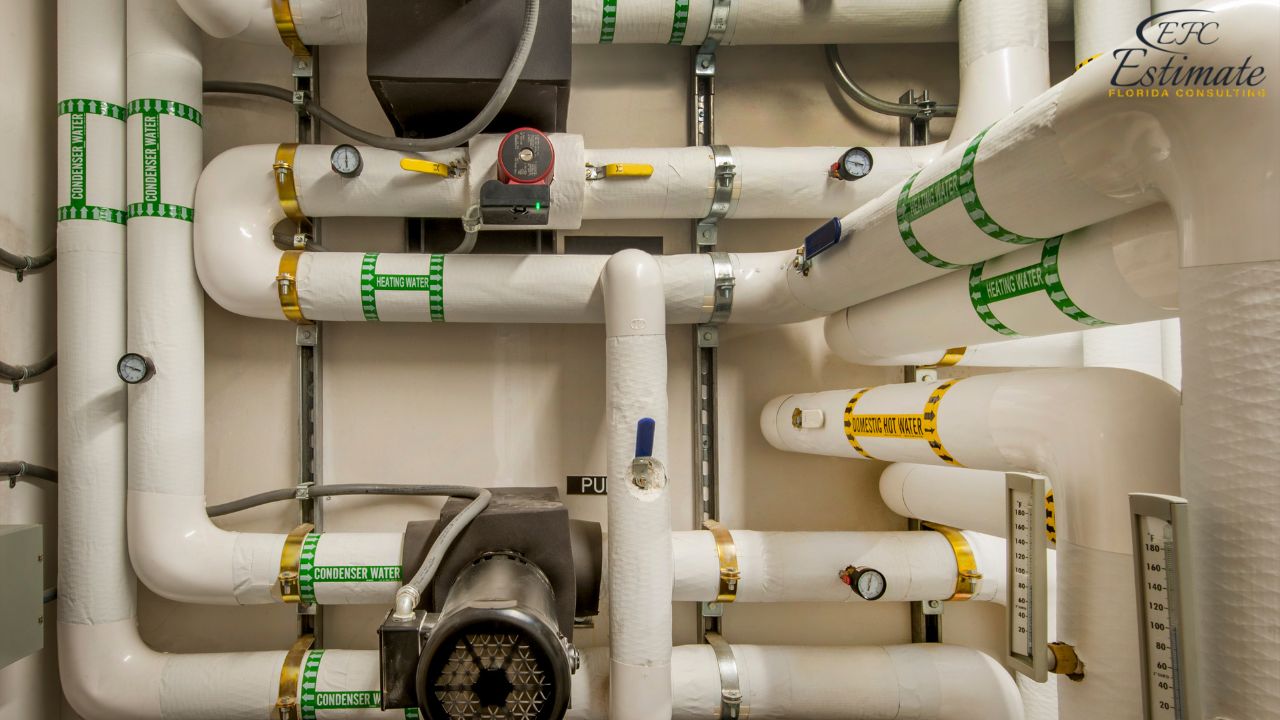
Valves and Fixtures
Valves and fixtures are critical for controlling water flow and ensuring user convenience. They play both functional and aesthetic roles in the plumbing system.
- Valves:
Devices like ball valves, gate valves, and pressure-reducing valves regulate water flow, control pressure, and allow for the isolation of sections of the plumbing system during maintenance. High-quality valves ensure reliability and longevity. - Fixtures:
Fixtures include sinks, faucets, showers, toilets, bathtubs, and bidets. Selecting durable, high-quality fixtures is essential for long-term performance and to enhance the overall aesthetics of the space. Modern fixtures may also incorporate water-saving technology, reducing utility costs.
Drainage and Vent Systems
Drainage and vent systems are vital for maintaining hygiene and preventing issues such as backflow and sewer gas infiltration. Proper design and installation ensure compliance with building codes and the smooth operation of the plumbing system.
- Drainage Systems:
These systems direct wastewater from fixtures to the sewer or septic system. Materials like PVC and ABS pipes are commonly used for their durability and resistance to corrosion. Slopes and pipe diameters must be accurately calculated to ensure efficient flow. - Vent Systems:
Vent systems allow air to circulate in the drainage pipes, preventing vacuum formation and ensuring wastewater flows smoothly. They also prevent sewer gases from entering the building, maintaining indoor air quality.
Water Supply Lines
Water supply lines are responsible for delivering clean water to all fixtures in the building. These lines must be durable, efficient, and resistant to leaks.
- PEX Water Supply Lines:
PEX is favored for its flexibility and ease of installation, especially in retrofitting projects. It is resistant to freezing and bursting, making it suitable for both residential and commercial applications. - Copper Water Supply Lines:
Copper offers unparalleled durability and is often chosen for high-pressure systems. It is also resistant to bacteria, ensuring the water remains safe and clean. However, the higher material and installation costs make it less common in budget-conscious projects.
Download Template For Plumbing Takeoff Project Breakdown
- Materials list updated to the zip code
- Fast delivery
- Data base of general contractors and sub-contractors
- Local estimators
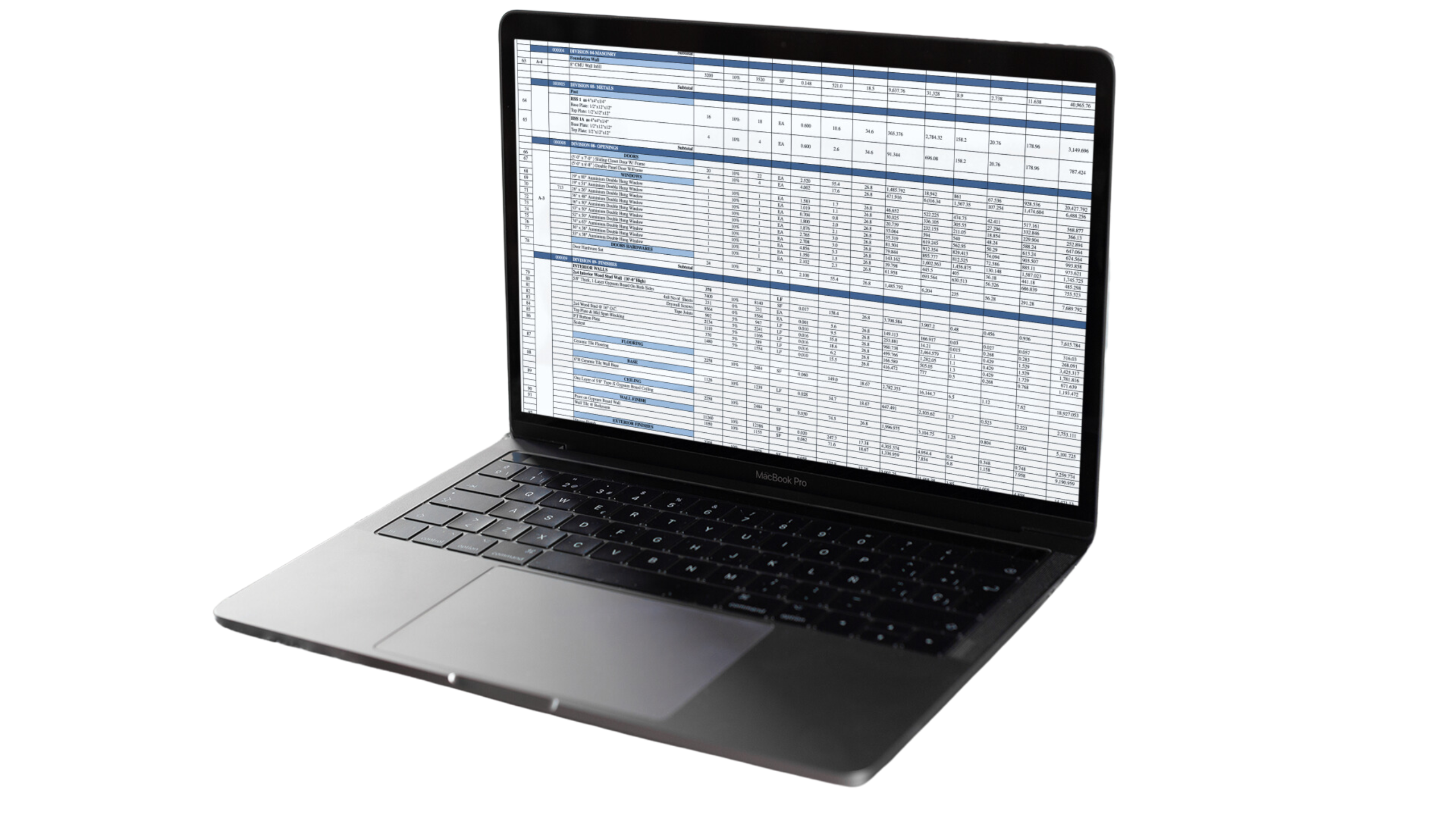
Plumbing Takeoff Process
The plumbing takeoff process involves several steps to ensure accuracy:
- Review Project Plans: Analyze blueprints and specifications to identify plumbing system requirements.
- Identify Materials: List all required materials, including pipes, fittings, valves, and fixtures.
- Quantify Components: Measure and calculate quantities for each material.
- Estimate Labor: Assess the time and labor required based on project complexity.
- Account for Miscellaneous Costs: Include costs for permits, inspections, and waste disposal.
Conclusion
Plumbing takeoffs are essential for accurately estimating the costs of plumbing systems in any construction project. By understanding the components, processes, and costs involved, contractors, developers, and homeowners can plan effectively and avoid unexpected expenses. At Estimate Florida Consulting, we specialize in providing detailed and accurate plumbing takeoffs to meet your project’s unique needs. Contact us today for expert guidance and cost estimation tailored to your construction goals!
Frequently Asked Question
A plumbing takeoff includes all materials, labor, and costs required for the installation of plumbing systems, such as pipes, fixtures, valves, and drainage components.
The accuracy of a plumbing takeoff depends on the quality of the project plans and the estimator's expertise. At Estimate Florida Consulting, we ensure precise and detailed takeoffs tailored to your project.
The time required for a plumbing takeoff depends on the project size and complexity. Residential projects may take a few hours, while large commercial or industrial projects could take several days.
The average cost for a plumbing takeoff varies based on the project size and complexity but generally ranges from $1,000 to $5,000 for residential projects.
Use reliable software, double-check measurements, and consult with experienced professionals to ensure accuracy.
Comprehensive Trade-Specific Estimates
At Estimate Florida Consulting, we offer detailed cost estimates across all major trades, ensuring no part of your project is overlooked. From the foundation to the finishing touches, our trade-specific estimates provide you with a complete and accurate breakdown of costs for any type of construction project.

Testimonials
What Our Clients Say
We take pride in delivering accurate, timely, and reliable estimates that help contractors and builders win more projects. Our clients consistently praise our attention to detail, fast turnaround times, and the positive impact our estimates have on their businesses.
Estimate Florida Consulting has helped us win more bids with their fast and accurate estimates. We trust them for every project!
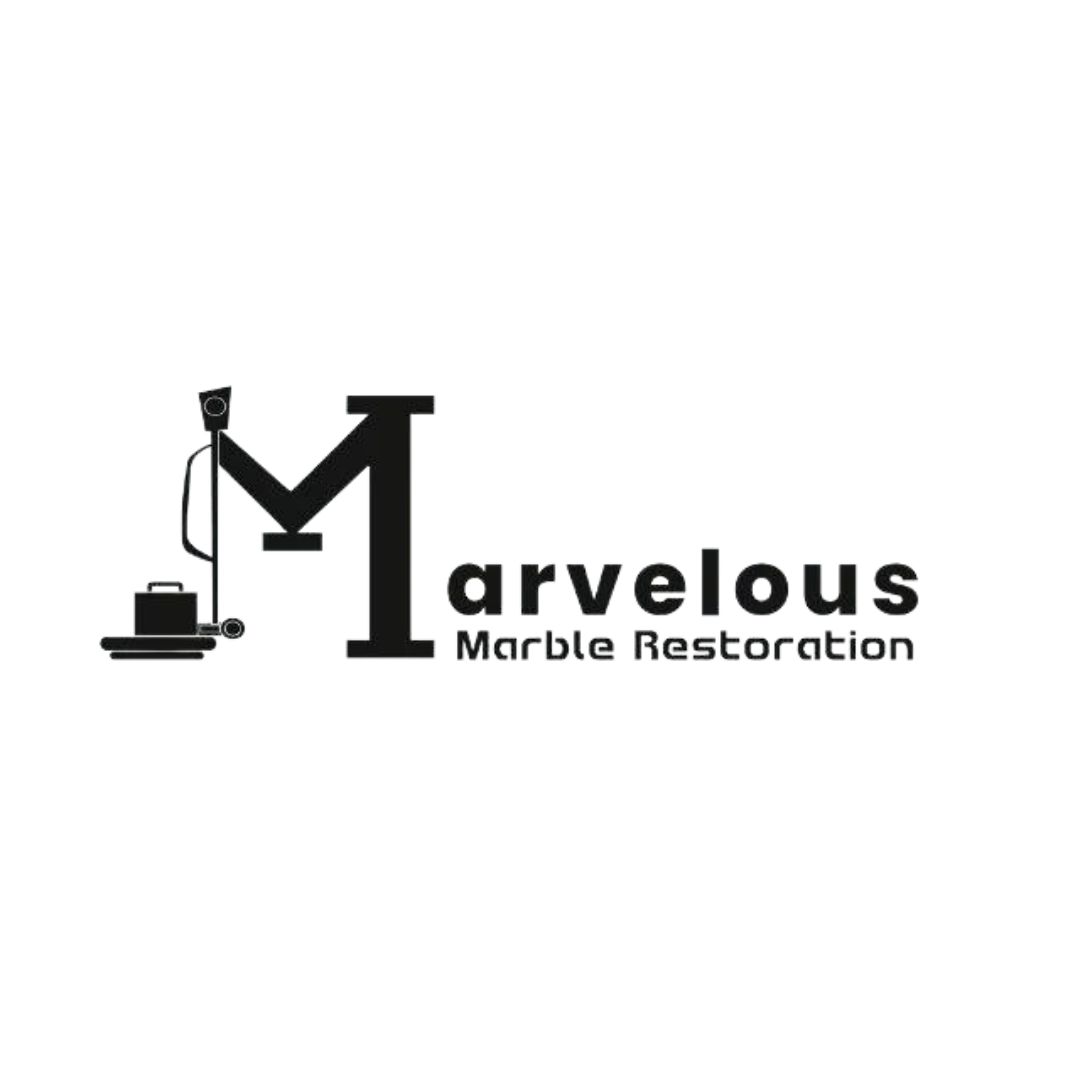
Steps to Follow
Our Simple Process to Get Your Estimate
01
Upload Plans
Submit your project plans, blueprints, or relevant documents through our online form or via email.
02
Receive Quotation
We’ll review your project details and send you a quote based on your scope and requirements.
03
Confirmation
Confirm the details and finalize any adjustments to ensure the estimate meets your project needs.
04
Get Estimate
Receive your detailed, trade-specific estimate within 1-2 business days, ready for your project execution.


